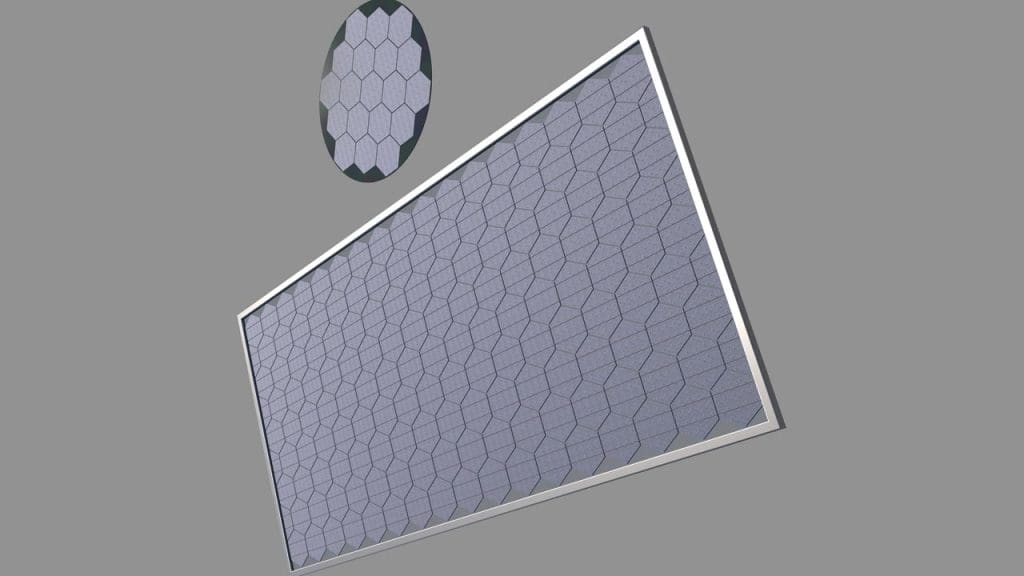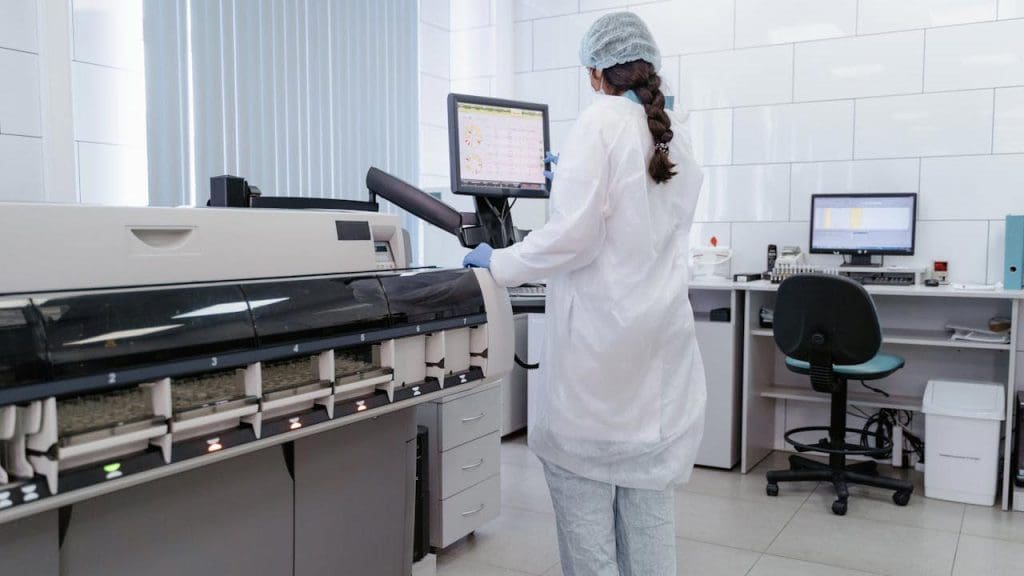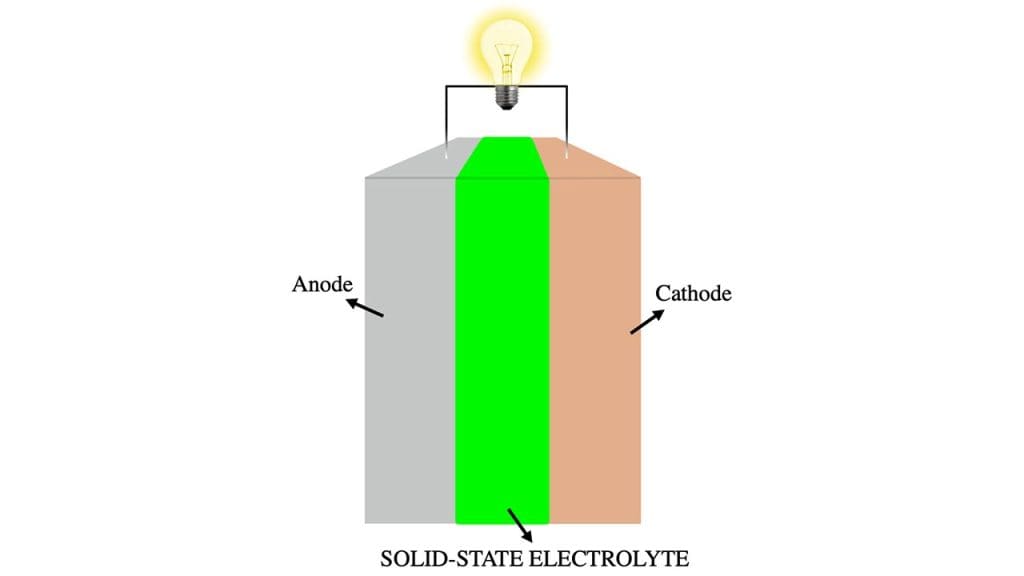
While headlines often focus on big stories, many significant scientific breakthroughs fly under the radar. These innovations have the potential to reshape industries and improve our daily lives. From renewable energy advances to transformative medical technologies, here are six key breakthroughs that deserve more attention.
Quantum Dot Solar Cells: The Future of Renewable Energy

Quantum dot solar cells represent a promising leap in renewable energy technology. Unlike traditional solar panels, quantum dots offer flexibility and the potential for higher efficiency at a lower cost. By harnessing the unique properties of these nanoscale semiconductors, researchers aim to maximize sunlight absorption and convert it into electricity more effectively. These developments could significantly reduce the cost of solar energy, making it more accessible globally.
The potential applications of quantum dot technology extend beyond energy production, influencing fields such as display technologies and medical imaging. As research continues, the commercial viability of quantum dot solar cells could revolutionize how we produce and consume energy.
CRISPR-Cas13: A New Frontier in Gene Editing

CRISPR-Cas13 is expanding the possibilities of gene editing by targeting RNA instead of DNA. This approach opens new avenues for treating genetic diseases by temporarily modifying gene expression. Unlike CRISPR-Cas9, which permanently alters DNA, Cas13 offers a reversible and potentially safer method for genetic interventions.
Researchers are exploring its applications in combating viral infections, including influenza and other RNA-based diseases. As the technology matures, CRISPR-Cas13 could become a pivotal tool in personalized medicine, offering targeted treatments with minimal side effects.
The Rise of Biodegradable Plastics

With increasing environmental concerns, biodegradable plastics are gaining traction as a sustainable alternative to conventional plastics. These materials break down naturally, reducing pollution and dependence on fossil fuels. Advances in polymer science are leading to stronger and more durable biodegradable options, suitable for a wide range of applications.
Efforts to commercialize these plastics are underway, driven by consumer demand and regulatory pressures. As technology improves, biodegradable plastics could play a crucial role in reducing the environmental impact of plastic waste, paving the way for a more sustainable future.
AI-Driven Drug Discovery: Revolutionizing Medicine

Artificial intelligence is transforming the drug discovery process by accelerating the identification of potential drug candidates. AI algorithms can analyze vast datasets to predict the efficacy and safety of compounds, significantly reducing the time and cost associated with traditional methods.
Companies and research institutions are leveraging AI to tackle complex diseases, including cancer and neurodegenerative disorders. This approach not only shortens the development cycle but also opens new possibilities for personalized treatments, offering hope for patients worldwide. For more insights, browse ethical considerations in scientific reporting.
Solid-State Batteries: A Leap Forward in Energy Storage

Solid-state batteries promise to revolutionize energy storage with higher energy density and improved safety compared to traditional lithium-ion batteries. By replacing the liquid electrolyte with a solid material, these batteries offer greater stability and reduce the risk of overheating and fires.
The automotive industry is particularly interested in this technology, as it could significantly extend the range of electric vehicles and reduce charging times. As research progresses, solid-state batteries could become a key component in the transition to sustainable energy solutions.
The Discovery of Room-Temperature Superconductors

Room-temperature superconductors have long been the holy grail of physics. Recent breakthroughs suggest that materials capable of superconducting at ambient temperatures may soon become a reality. This discovery could lead to revolutionary changes in how we transmit and store electricity.
Applications range from lossless power grids to advanced medical imaging technologies. As research continues to unlock the potential of these materials, the impact on our technological landscape could be profound. For related scientific discoveries, explore NASA’s recent findings on Mars.